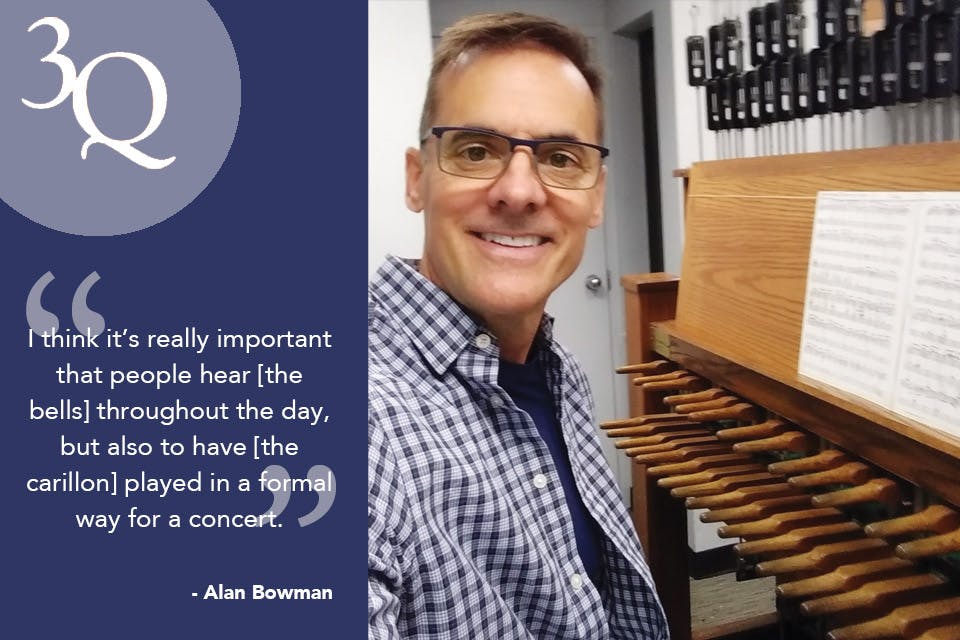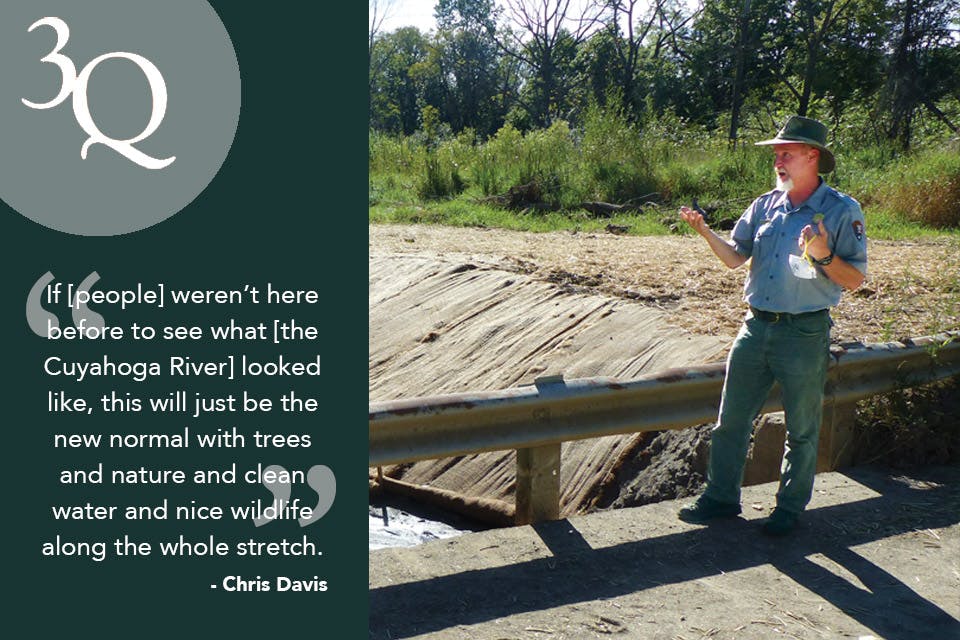Ohio Life
Chris Davis Discusses the Restoration of the Cuyahoga River
The Cuyahoga Valley National Park biologist talks with us about a project that aims to return the river to a more natural state.
Related Articles

Veteran Reporter Gene Kinn Reflects on a Career of Covering Presidents
Gene Kinn talks about meeting nine U.S. presidents over the course of his more than three-decade career in journalism. READ MORE >>

Alan Bowman Plays Dayton’s Historic Deeds Carillon
The Ohioan keeps a centuries-old musical tradition ringing as the carillonneur at Carillon Historical Park in Dayton. READ MORE >>

Tom Hamilton Reflects on 35 Years as the Voice of Cleveland Baseball
Soon to be recognized by the National Baseball Hall of Fame & Museum, Tom Hamilton looks back on his iconic career as the radio voice of the Cleveland Guardians. READ MORE >>



